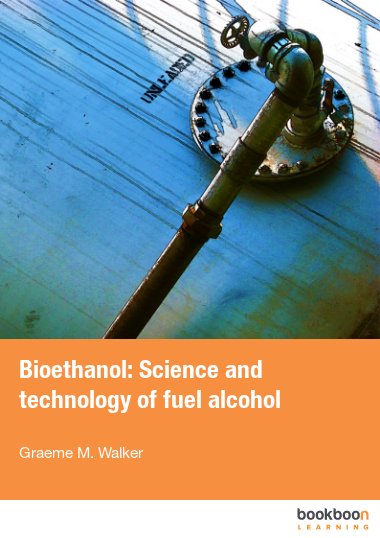Research, development and industrialisation of renewable energy are currently moving at a rapid pace worldwide. Biofuels play significant roles in decarbonisation of our future energy needs and act to mitigate deleterious impacts of greenhouse gas emissions. Liquid transportation biofuels (bioethanol and biodiesel) now represent key contributors to the bioenergy portfolios in many countries. National governmental obligations and international directives are mandating the blending of biofuels in petrol (gasoline) and diesel and these are acting as great stimuli to this industrial sector. Bioethanol - fermentation-derived fuel alcohol - is the world’s leading transportation biofuel and is mainly produced from starch (as in the US) and sugar (as in Brazil) feedstocks. However, the future lies with more sustainable fermentation substrates, including biowastes from agriculture and woody biomass. Lignocellulose-to-ethanol processes still pose many scientific and technological challenges, but we are now moving from demonstration pilot-plants to full scale industrial facilities.
This book provides a timely overview of biomass-to-bioethanol conversion technologies and is aimed mainly at advanced undergraduate students of biological and environmental sciences. I hope that readers will find it useful.
Graeme Walker
University of Abertay
Dundee
Scotland
g.walker@abertay.ac.uk
August 10, 2010 (International Biofuels Day)

